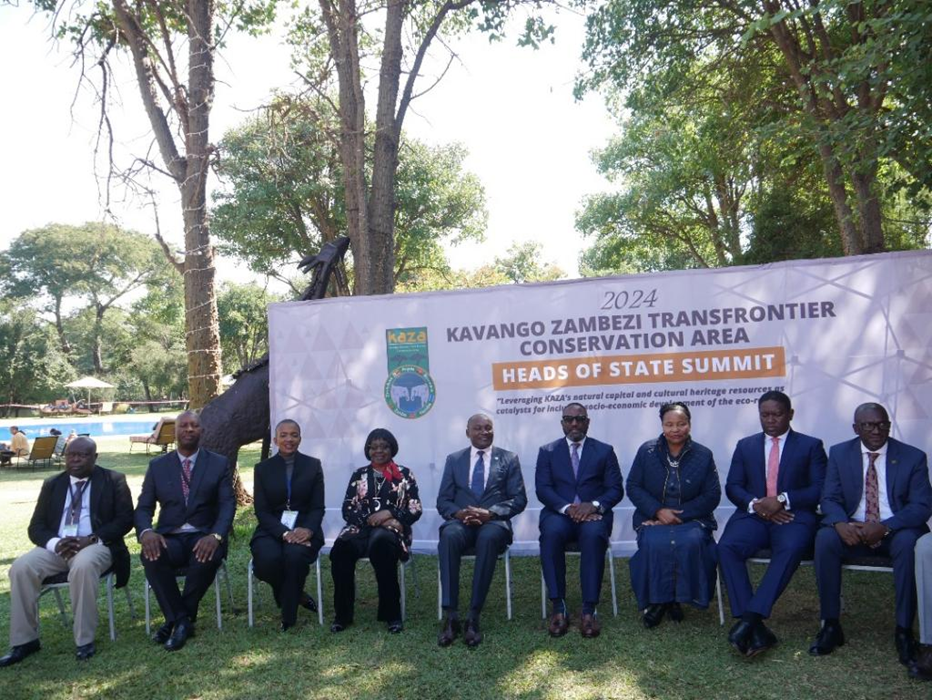- Courses
- GS Full Course 1 Year
- GS Full Course 2 Year
- GS Full Course 3 Year
- GS Full Course Till Selection
- Online Program
- GS Recorded Course
- NCERT (Recorded 500+ Hours)
- Polity Recorded Course
- Geography Recorded Course
- Economy Recorded Course
- AMAC Recorded Course
- Modern India, Post Independence & World History
- Environment Recoded Course
- Governance Recoded Course
- Science & Tech. Recoded Course
- International Relations and Internal Security Recorded Course
- Disaster Management Module Course
- Ethics Recoded Course
- Essay Recoded Course
- Current Affairs Recoded Course
- CSAT
- 5 LAYERED ARJUNA Mentorship
- Public Administration Optional
- ABOUT US
- OUR TOPPERS
- TEST SERIES
- FREE STUDY MATERIAL
- VIDEOS
- CONTACT US
KAZA Summit
KAZA Summit
01-06-2024

More than 400 delegates gathered in Livingstone, Zambia, for the inaugural Kavango-Zambezi (KAZA) Trans-Frontier Conservation Area (TFCA) summit.
Objectives of the KAZA Summit:
- Assess the progress in establishing and developing the KAZA-TFCA since its inception.
- Review and track the progress of the Memorandum of Understanding done in 2016 and the implementation of the KAZA Treaty of 2011.
- Seek renewed commitment from the current leaders of the member countries.
Theme of the Summit:
"Leveraging KAZA's natural capital and cultural heritage resources as catalysts for inclusive socio-economic development of the eco-region."
Key Facts about the KAZA Region:
- The Kavango-Zambezi Trans-Frontier Conservation Area (KAZA-TFCA) spans 520,000 square kilometers and includes 5 southern African nations: Angola, Botswana, Namibia, Zambia, and Zimbabwe.
- These nations are also home to over two-thirds of the African elephant population.
- The region is known for its high concentration of wildlife species, including the largest elephant population.
- Approximately 70% of the KAZA land is under conversation, comprising 103 wildlife management areas and 85 forest reserves.
- It includes three World Heritage sites: the Victoria Falls, the Okavango Delta, and the Tsodilo Hills.
KAZA Treaty and Partnership:
- The KAZA states signed a Memorandum of Understanding in 2006, leading to the KAZA Treaty of 2011, which was followed by immediate implementation.
- The KAZA-FTCA area is a partnership focused on conserving biodiversity through integrated transboundary management and marketing the region's biodiversity using nature-based tourism for rural economic growth and development.
Okavango Delta:
- The Okavango Delta, located in northwest Botswana, comprises permanent marshlands and seasonally flooded plains.
- It is one of the few major interior delta systems that does not flow into the sea or ocean, with a mostly intact wetland system.



